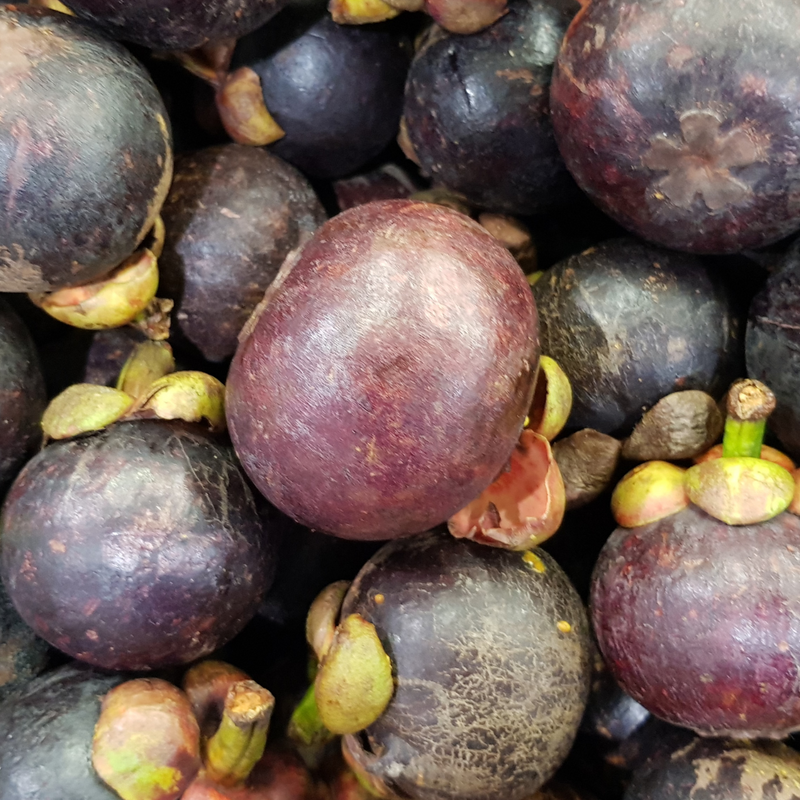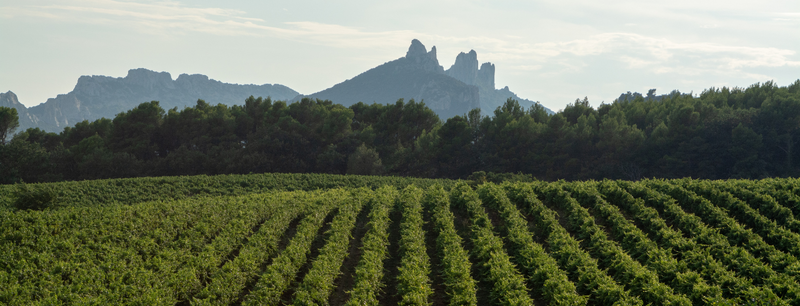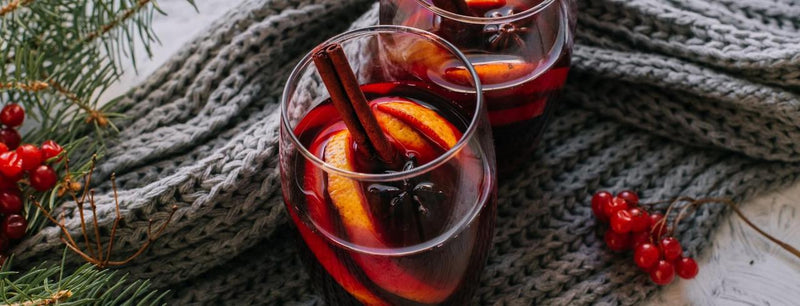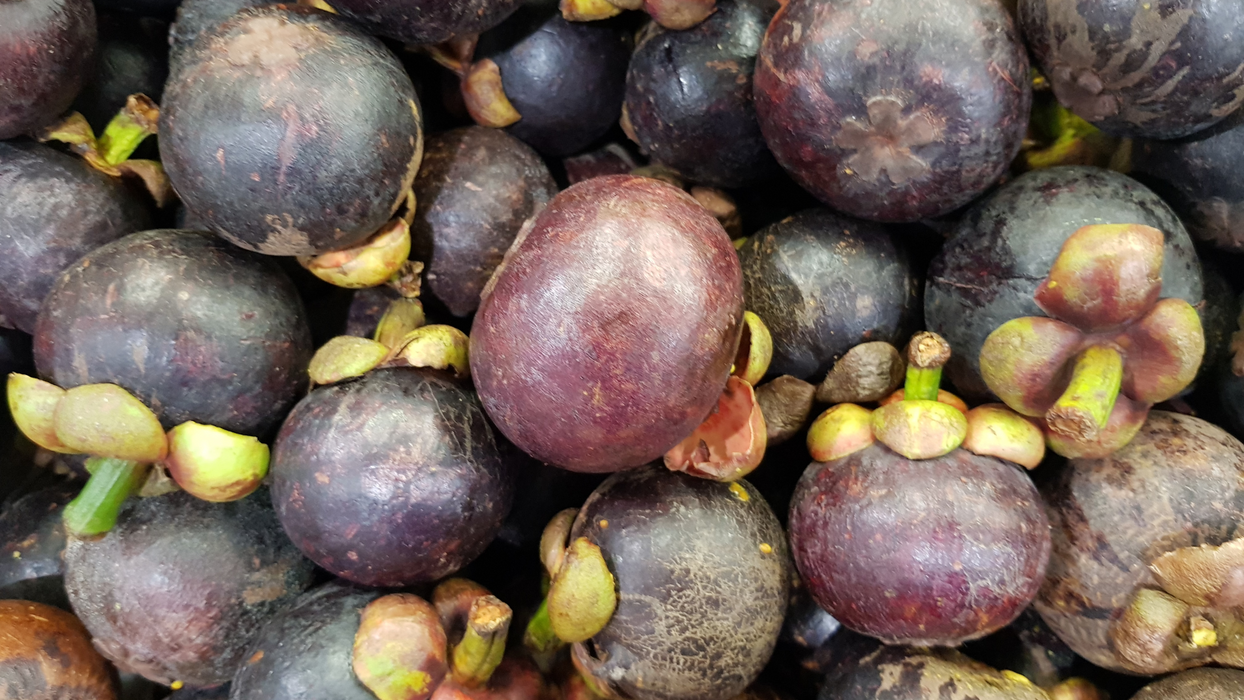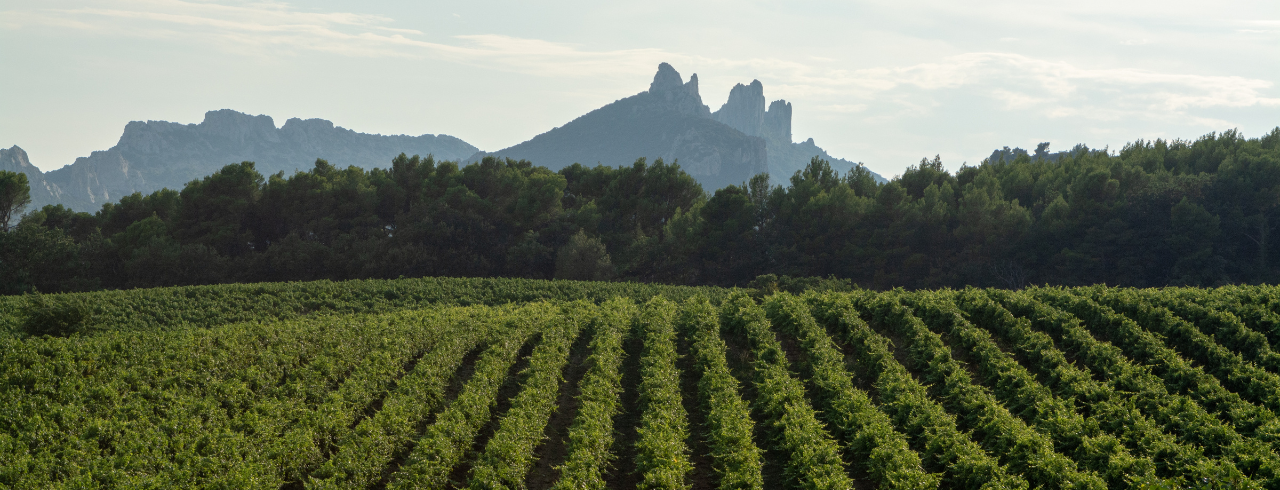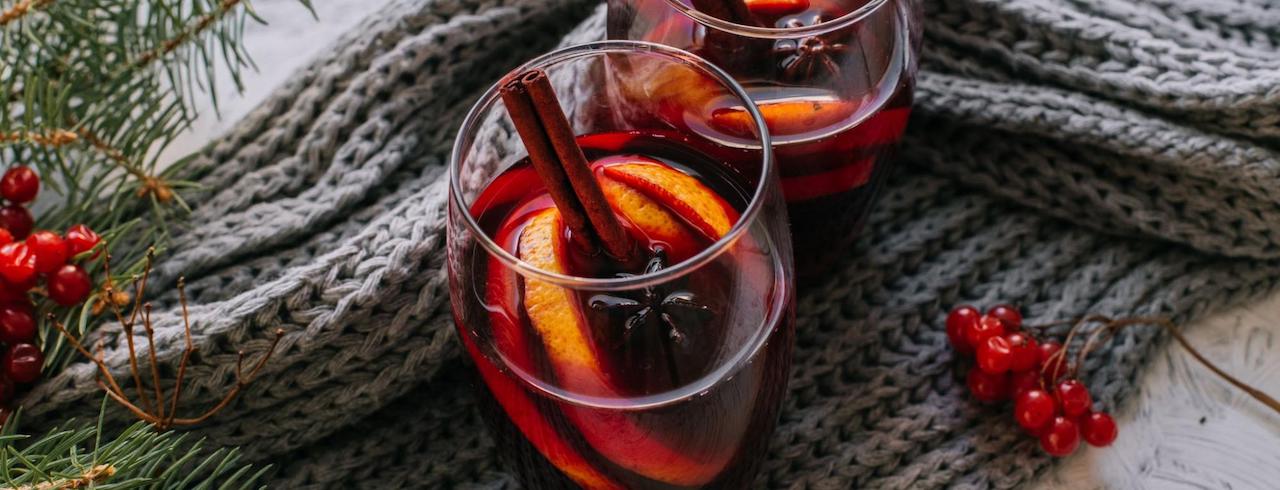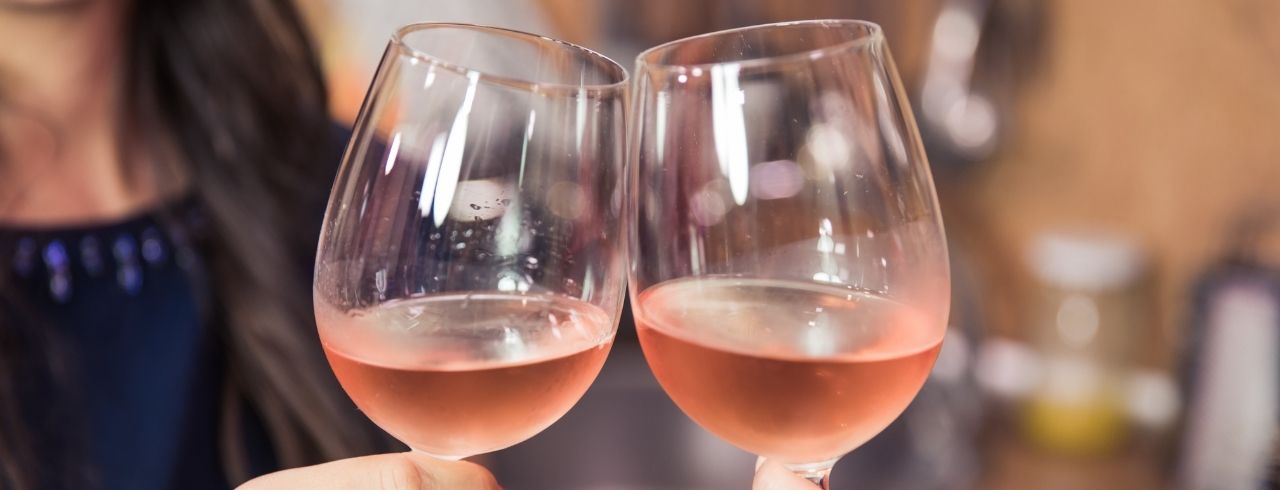
10 Fun Facts About Rosé Wine
A wine lover’s favorite on a warm summer’s evening, rosé perfectly mixes fresh, fruity flavors, bright acidity, and lovely colors to create a unique and exciting category of vino.
While many view this wine as a stop-gap between lighter whites and bolder reds, the truth is that a good bottle of rosé has a distinctive personality of its own.
From its exquisite color to its fascinating production and its myriad food pairing possibilities, this famous “pink” wine has history, culture, and flavor that make it an essential of any collection.
To learn more about this delicious, happy wine, read on for Wine Insiders’ 10 Fun Facts About Rosé.
1.Modern Rosé Originated in the 6th Century BC
Contrary to what you might think, rosé is an ancient wine with a history stretching back many centuries.
The Greeks created the original pink (light red) wines, but these first attempts were off-dry and tannic due to prolonged contact between grape and skin during fermentation.
The Phocaeans, Greeks from the region of Phocaea, created modern rosé upon their arrival in Massalia (now Marseilles, France) in the 6th Century BC.
Mixing knowledge from previous Greek winemakers with new growing and production techniques, the Phocaeans used imported grapevines to create bright, fresh rosé blends that were a hit across the Mediterranean.
These ancient origins helped rosé develop into the delicious, beloved wine it is today.
2. Rosé Typically Comes From Red Grapes
As you might expect, winemakers usually rely on red grapes to produce their rosé.
What might surprise you, however, is the wide range of red grape varieties found in pink wines:
From Syrah and Grenache to uber-popular grapes like Cabernet Sauvignon, Merlot, and Malbec, it’s not challenging to find rosé made from the same grapes that produce your favorite reds.
3. Grape-Skin Contact Makes Rosé Pink
Rosé develops its attractive pink color due to the brief contact between a red grape and its skin during the fermentation process.
Unlike red wines, whose grapes remain in contact with their skin for days or weeks at a time, pink wines maintain this contact for mere hours.
This variation in length is directly responsible for the differences in color, flavor, aroma, and personality between reds and rosé.
It also accounts for rosé’s lower tannin and alcohol levels, which further accentuates the unique drinking experience of pink wine.
4. There Are Three Methods of Making Rosé
The three primary styles of producing rosé are the maceration, saignée, and blending methods.
Maceration is the most popular style of rosé production, and it requires winemakers to rest (macerate) their red wine grapes in a container of their juices before using them to produce rosé.
This style produces a darker version of the pink wine with prominent flavors and bold personalities that can pair well with more flavorful meals.
Conversely, the saignée (“bled”) method involves “bleeding” off the juices of red wine in its earliest stages of production and using them to produce rosé in an entirely different vat.
This production style is rare, accounting for less than 10% of the market, but it creates an exquisite rosé with distinct personality and flavor.
Lastly, the blending method involves adding a splash of red wine to a vat of white wine to produce rosé.
This production style is also uncommon, but some French winemakers in the Champagne region use it to make exquisite, highly unique pink wines.
5. France Produces and Consumes More Rosé Than Any Region
As an Old World wine mecca and the original home of rosé, France is the largest producer, importer, and consumer of pink wine.
Yearly, France produces 30% of the world’s rosé while also importing over 2 million hectoliters of pink wine from other countries for domestic consumption.
In total, France accounts for 30% of rosé consumed globally
6. Spain Exports More Rosé Than Any Region
Though rosé is synonymous with France, Spain exports more of this delicious pink wine than any other country.
As part of a national focus on increasing wine exports, Spain has grown its international share of the rosé production market from 28 to 40% since 2008.
The success of Spanish rosé is due, in part, to its relative affordability when compared to most red wines or pinks exported from countries like France, the United States, or Italy.
7. Rosé Can Be Dry or Sweet
When shopping for pink wine, the two types of rosé you’ll see most often are “dry” and “sweet” bottles.
Many consider dry rosé to be the superior option, and it’s the most common type produced and exported by Old World countries like France, Spain, and Italy.
When you enjoy a bottle of dry rosé, you’ll notice a distinct lack of sugars and a mix of fruity, mineral flavors with bright acidity.
Conversely, sweet rosé, as the name suggests, features notable sweetness that pushes the bottle toward the land of dessert wines.
Typically, you’ll find sweeter rosé made in New World countries like the United States.
Wine Insiders Tip: Though dry rosé has a superior reputation to its sweeter siblings, don’t let that discourage you from trying or enjoying both options. Discovering wine is about following your taste and palate, not critical or societal expectations.
8. Rosé Has A Short Lifespan
Unlike many red varietals and blends, which successfully age for years or decades, most rosé should be opened and enjoyed within two to three years of bottling.
The shorter lifespan of rosé is due to the same qualities that make it unique: fruity, fresh flavors, bright acidity, and low tannin levels.
These qualities make for excellent, crisp wines, but not ones that will respond well to years in a cellar.
Think of rosé as the summer of your wine collection -- it only lasts a short while, but it’s worth every bit of the experience.
9. Rosé Tastes Best Between 45-55°F
While rosé typically comes from red grapes, it tastes best at the kinds of cooler temperatures usually reserved for white wines.
To make the most of your rosé, we recommend keeping your bottle in the fridge for 30 minutes before serving to chill your wine to the optimal 45-55°F.
This cooler temperature allows the flavors, aromas, and acidity of your pink wine to thrive without falling prey to the muted personality of an over-chilled bottle or the sour taste of heat-damaged wine
10. Rosé Pairs Well With Many Foods
As rosé marries its red-grape origins with white grape personality traits (low tannins, bright acidity, crisp flavors), it pairs excellently with a wide variety of meals.
For a lighter rosé, we recommend pairing it with seafood and salads that emphasize the fresh flavors of your wine without overwhelming its more delicate personality.
For a darker rosé with more decadent flavors and a bolder personality, we suggest trying pizza or barbecued meats that have prominent tastes and aromas to go toe-to-toe with your bottle.

Wine Insiders: Your Home for Rosé
Here at Wine Insiders, we know that rosé is far more than just a niche wine in a pretty color.
Inspired by our passion and reverence for this delicious, ancient wine, we’ve crafted a diverse, expansive collection of rosé to satisfy all kinds of wine lovers.
Whether you’re looking for dry or sweet rosé in still, semi-sparkling, or sparkling styles, we have the bottles and gift sets you need to fully enjoy pink wines from iconic Old and New World regions alike.
For more information about wine, storage, and more, check out our Essential Wines Guide and keep up with our blog!
